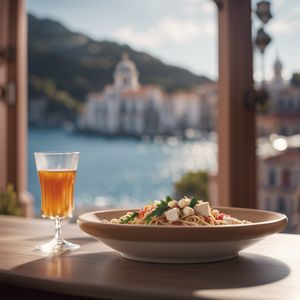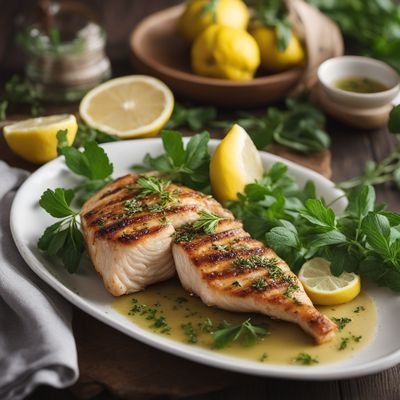
Dish
Nonina kanavaca
The dish is made by boiling taro leaves until tender and then mixing them with coconut milk, onions, garlic, and chili. The mixture is then wrapped in banana leaves and steamed until cooked through. Nonina kanavaca is often served with rice or cassava.
Origins and history
Nonina kanavaca is a traditional Fijian dish that has been eaten for centuries. It is often served at special occasions such as weddings and festivals.
Dietary considerations
Nonina kanavaca is suitable for vegetarians and vegans. It is also gluten-free and dairy-free.
Variations
There are many variations of nonina kanavaca, including versions that include meat or fish. Some versions also include other vegetables such as pumpkin or eggplant.
Presentation and garnishing
Nonina kanavaca is typically presented wrapped in banana leaves. It can be garnished with a sprig of coriander or a slice of lime.
Tips & Tricks
When making nonina kanavaca, it is important to ensure that the taro leaves are cooked until tender to prevent them from being tough and chewy. It is also important to wrap the mixture tightly in banana leaves to prevent it from falling apart during steaming.
Side-dishes
Nonina kanavaca is often served with rice or cassava. It can also be eaten on its own as a main dish.
Drink pairings
Nonina kanavaca is traditionally paired with a glass of coconut water or a cold beer.
Delicious Nonina kanavaca recipes
More dishes from this category... Browse all »

Balandėliai
Lithuanian cuisine

Banjalučki ćevapi
Bosnian cuisine

Beyti kebab
Turkish cuisine

Biber dolması
Turkish cuisine

Biftekia
Greek cuisine

Buletten
German cuisine

Bò lá lốt
Vietnamese cuisine

Carne entomatada
Mexican cuisine
More cuisines from this region... Browse all »

Aromanian cuisine
Savory, Herbaceous, Tangy, Citrusy

Bosnian cuisine
Rich, Savory, Smoky, Spicy, Tangy

Croatian cuisine
Fresh, Simple, Light, Tangy

Greek cuisine
Fresh, Flavorful, Tangy, Salty

Kosovan cuisine
Hearty, Flavorful, Herbaceous, Spicy, Tangy

Macedonian cuisine
Savory, Hearty, Spicy, Tangy, Rich

Montenegrin cuisine
Fresh, Light, Tangy, Savory

Serbian cuisine
Savory, Hearty, Spicy, Tangy, Rich

